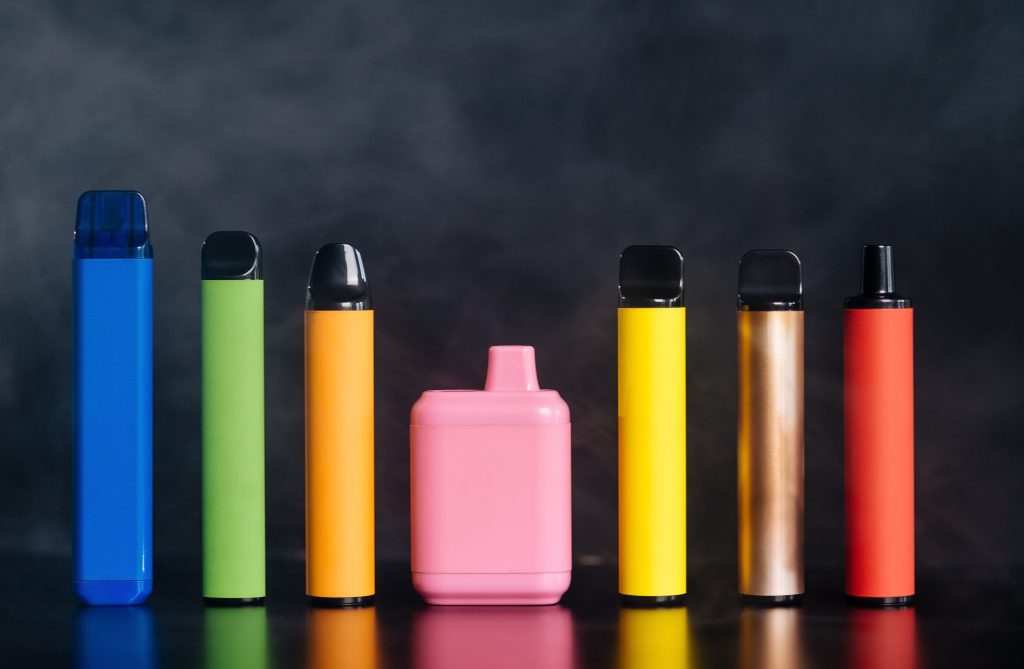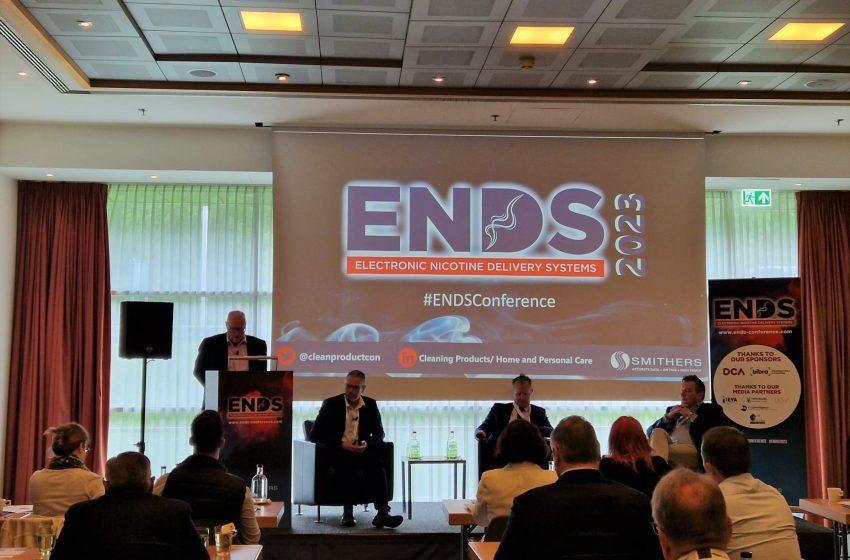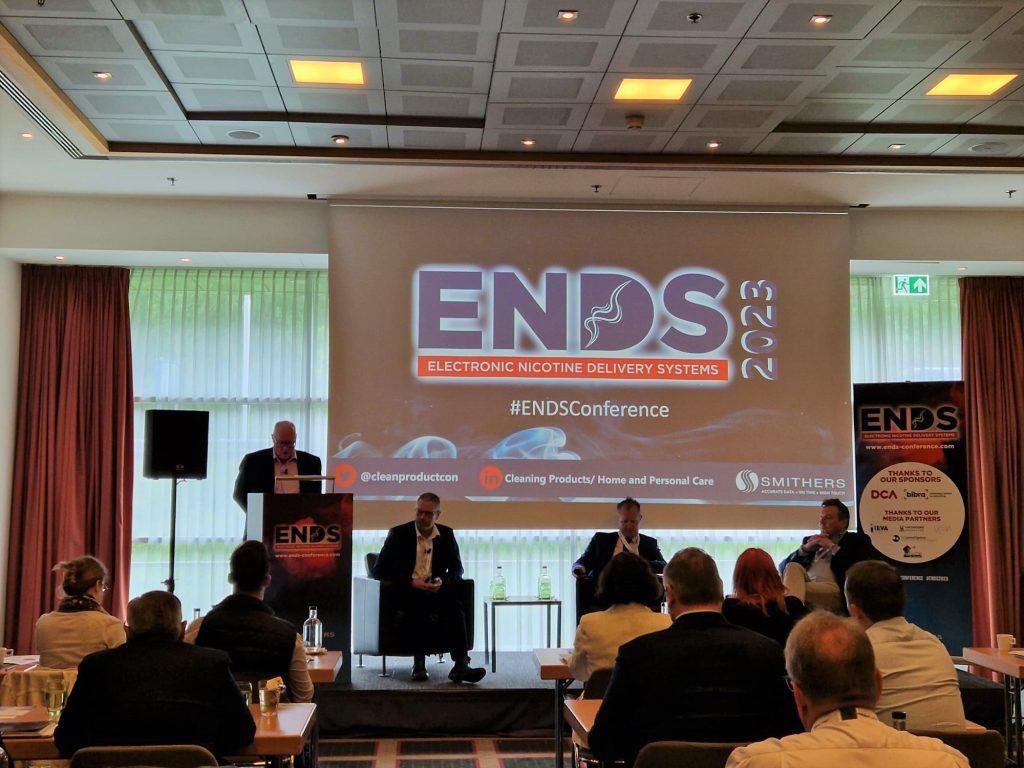TabExpo returned to the nicotine show circuit in Bologna, Italy, in May with innovative industry insights.
By VV Staff
TabExpo is back. Since the inception of TabExpo in 1994, the industry trade show has provided exhibitors and visitors with interests in the nicotine industry an elite opportunity to showcase their products and network among contemporaries. This year, TabExpo was held at the BolognaFiere in Bologna, Italy, May 10–11, and visitors and exhibitors alike said the show exceeded their expectations.
In November 2019, TabExpo was acquired by U.K.-based Quartz Business Media, owner and organizer of the largest network of tobacco and nicotine-related exhibitions and conferences in the world. This year’s event was attended by over 100 exhibitors and more than 2,000 visitors representing all aspects of traditional and next-generation nicotine products from leaf suppliers to e-liquid manufacturers.
TabExpo is much more than a typical tobacco tradeshow. One highlight of TabExpo 2023 was its Innovations in Tobacco conference. The sessions mainly focused on the future of the nicotine industry and the roles sustainability and modernization will play. The congress sessions were often standing room only. Below is an overview of the sessions and the insights shared by the numerous speakers.
Keynote: Flora Okereke, head of global regulatory insights and foresights at BAT
Conversations on the regulatory environment in the nicotine industry can be complicated. During her keynote, Flora Okereke, head of global regulatory insights and foresights at BAT, told attendees that regulation is important because many of the industry’s tobacco harm reduction goals can be enhanced by the policy environment. However, regulation can also create an obstacle.
Okereke said that beyond regulatory policy, innovation is driving the transformation from both within the manufacturing supply chain and the retail sector. “In the past year, there has been a huge upheaval as a result of innovation, as a result of acquisitions, as a result of what we are doing in a journey to transform our industry,” she said. “You can see this in the amount of products that are new and coming to the markets, and the technologies that are coming up, and the kind of ways that we are monitoring environmental issues.”
Additionally, the nicotine industry is no longer made up exclusively by major tobacco companies. Most of the innovations, such as e-cigarettes, were developed by entities outside the traditional tobacco sector. When considering the regulatory environment for next-generation products, Okereke said that regulators should not regulate blindly and must take the time to consider the impacts regulation can have on harm reduction goals.
“I will say that because of the transformation, because of the eagerness for us to move from smoking tobacco to our newer products, expectations that are being made without proper milestones are going to create problems,” she explained. “I can [also] tell you regulation, while it is not something that you do daily, it’s a critical accelerant—a critical catalyst for our industry. It can derail what we are doing, but also, it can support a moving forward. This is why we have to not ignore it and put our head under the table but to face it squarely and be constructive as to how we look at it.”
One of the potentially most impactful regulatory decisions being considered that could affect nicotine is environmental policy. Okereke said that environmental protection is now at the top of everyone’s agenda: many governments, many nongovernmental organizations, and it’s a public policy priority. There is even an environmental meeting at the global level being held by the United Nations trying to formulate a treaty similar to the World Health Organization Framework Convention on Tobacco Control that, when it comes to plastics, is probably going to change our industry, she said.
“The tobacco control advocates are calling on the prohibition of filters, on disposables, on the treatment of waste,” said Okereke. “This is happening not just at a global level; it is happening in most of the markets. So the sector needs to work together in a constructive manner to agree and determine how it responds to what is coming,” she said. However, if governments can put in place a regulation that permits companies to give clear communications to consumers to help them understand the relative risk of various products, that kind of regulation would be a catalyst that should work for everyone.
“If the regulator would look at some of these new products … and understand that the relative risk means that they could be incentivized, maybe in a fiscal way, that will enable adults who would like to move away from smoking to make that movement because we all believe that what they want, what society wants and to some degree what some smokers want, or our consumers, is to have the choice to move to a reduced-risk product,” said Okereke.
Another major issue driving regulation is concern about youth access, especially in relation to next-generation products such as disposable vaping devices. “It’s almost the underpinning reason that justifies why regulators are taking very extreme measures,” said Okereke. “And I think it’s important that we look at it. I think it’s important that we find a solution that addresses this issue,” she said. “It is also because of this, the regulators say, [that] issues like flavors are being treated negatively. Whether you are a manufacturer or a person in the supply chain, [it] is important that we find the right solution to address [youth access].”
Okereke also discussed the latest regulatory trend: tobacco “endgame” legislation, which is a tool to end the use of tobacco. Unfortunately, some countries are looking beyond tobacco and using that concept to call for an end to nicotine in any form. “Please don’t ignore the endgame scenario and think that it refers only to cigarettes,” she cautioned. “It doesn’t.”
In the end, Okereke said that all sectors of the nicotine industry must join together to fight for sensible harm reduction policies that drive consumers away from combustible tobacco products. Now is the time to work together to give the government a single message that less risky nicotine products have a role to play in smoking cessation, she insisted. “We need to defend and protect that space for all of us, especially during the upcoming COP10 in Panama later this year,” she said.
Okereke also urged the industry to stress to regulators the value of harm-reduction products ahead of the WHO gathering. “I think it is time for you to use your access to your government,” she said. “Remember, the parties are the ones mandated to make decisions at this meeting. Countries have the mandate to raise their voice and their opinion.”
Keynote: Patrick Basham, director of the Democracy Institute
Communication is a problem in harm reduction circles. During his keynote address, Patrick Basham, director of the Democracy Institute, said that many medical professionals, consumers and anti-nicotine campaigners believe the narrative that all nicotine products are dangerous. Furthermore, many of these people wrongly believe that nicotine rather than the chemicals released during combustion causes cancer. They believe this, said Basham, because anti-tobacco harm reduction lobbyists have told them so.
“These lobbyists have told them [these misconceptions] are true because they don’t trust tobacco and nicotine consumers with the truth, so they must alter it for them,” said Basham. “Now, it’s indeed true that most well-funded public health institutions and stakeholders are rabidly anti-tobacco harm reduction. The World Health Organization is the most clear-cut example. You’ve got billionaire philanthropists funding global campaigns that, in concert with the WHO, incentivized national governments and their public health agencies to ignore or to disparage tobacco harm reduction’s demonstrated ability to improve public health.”
Many consumers, meanwhile, are either uninformed or ill-informed about tobacco harm reduction, and the specific products central to its implementation. Basham said that the ignorance is deeply frustrating because prohibitionist politicians, philanthropists, regulators, public health organizations and academics have consciously erected barriers to better consumer understanding of harm reduction products.
Even more frustrating is that the governments of many smaller-sized and medium-sized nations look to organizations such as the WHO, the U.S. Food and Drug Administration and the EU for case studies, regulatory models, bureaucratic signals and political cover regarding tobacco harm reduction. However, what “our rulers and rule regulators say and what people believe about tobacco harm reduction and reduced-risk products is neither the actual truth nor the entire truth,” said Basham. “The good news about tobacco harm reduction is that the bad news is wrong.”
According to Basham, the tobacco harm reduction experience is a positive story. Although it’s hard to be fair and balanced about tobacco harm reduction politics, the reality is that some steps taken by governments and public health bodies have empowered tobacco harm reduction while other steps have retarded its progress, he said.
A good many countries, international institutions and public health organizations are employing and advocating for tobacco harm reduction policies and proven strategies to reduce cigarette consumption. Many governments have adopted quite sophisticated harm reduction strategies and policy prescriptions. To date, nearly 70 countries have adopted regulatory frameworks on reduced-risk products, and an enormous number and variety of electronic nicotine-delivery system products are in the marketplace, with nearly 16,000 flavors available and global sales rising to more than $15 billion. Heated-tobacco products are available in over 50 markets worldwide.
“Only one Western democracy—Australia—still illogically and irrationally requires its citizens to possess a nicotine prescription to vape,” according to Basham. “Snus is legally bought in 81 countries. Reduced-risk products are already being used by 112 million people worldwide, with approximately 82 million vapers, 20 million heated-tobacco users and 10 million smokeless tobacco users,” he said, citing statistics from a Democracy Institute study. “The evidence in favor of tobacco harm reduction as a complementary intervention to help drive down death and disease from smoking is, I suggest to you, robust.”
All the countries that adopted a regulatory framework for less risky nicotine products subsequently reported a dramatic decline in smoking prevalence. Countries that embrace vaping have witnessed a decrease in smoking rates that is twice as fast as the global average. “We now have extensive international evidence that vaping is the world’s most effective smoking cessation tool. Snus’ extensive contribution to improvements in Swedish public health is well documented,” he explains. “Let me just highlight that over the last 15 years, Sweden slashed smoking rates from 15 [percent] to 5.6 percent. The EU’s average smoking rate, meanwhile, is 23 percent, 4.5 times higher than Sweden.”
When Norway allowed snus products to be more widely available, cigarette smoking fell by half in just 10 years. Japan’s tobacco harm reduction policies have led to a remarkable drop in cigarette smoking. In October 2020, the smoking rate in Japan dropped to a record low of 16.7 percent. Between 2016 and 2021, domestic combustible cigarette sales in Japan declined by 43 percent. This decline was directly attributable to the availability of heated-tobacco products, according to Basham.
“So, tobacco harm reduction truly is a refreshingly good news story. That’s the reason governments around the world are increasingly placing tobacco harm reduction at the heart of their anti-smoking strategies. Governments should legalize the import, export, sales, possession and use of reduced-risk products,” said Basham. “Reduced-risk products should be as widely available as tobacco products and available without a prescription.”
Panel: Reinventing for Sustainability
Solutions to environmental concerns are not individual contributions but are built upon a series of interlocking breakthroughs and tweaks. That presents an almost composite picture of progress in the nicotine industry. Chris Greer, CEO of TMA, expressed this notion as moderator for the panel “Reinventing for Sustainability.” The discussion centered on how innovations are at the forefront of producing sustainable nicotine products from packaging to production to distribution to consumption.
Everyone touched on new product innovation and that it will take the entire nicotine industry to work together to achieve many sustainability goals. Packaging, for example, transcends all consumer products. Innovations in packaging can help nearly all consumer product companies achieve a percentage of ESG goals. “In packaging, we have to react and change because of the pressure from the government or the environment,” said Michael Pierse, sales director at IRPLAST. “In 2018 and 2019, in the plastics industry, in our company, we all of a sudden realized that sustainability and environmental impact was no longer just something difficult we’re talking about, but it had to be enacted.”
There is no cigarette company that would allow cigarettes to be sold unpackaged without wrapping film to guarantee the consumer receives the product in the same state it was when it came out from the factory (although they cannot prevent retailers in many developing countries from selling cigarettes by the stick to smokers with low disposable incomes).
“We were faced with a challenge. Our product is fossil-based. Every kilogram of polypropylene film made from fossil fuels emits between 3.5 [kg] and 4 kg of carbon dioxide into the environment. That’s a very heavy fossil footprint to be addressed,” said Pierse, who highlighted his company’s NOPP (natural oriented polypropylene) tape, a new generation of high-performing and eco-friendly adhesive tapes manufactured with 50 percent recycled materials.
There has been progress, too, on the front of filters, which remain one of the most commonly littered items on the planet. Filtrona CEO Robert Pye said his company has 10,000 future filter designs in a storage facility at its innovation center. He said that Filtrona is committed to more degradable and sustainable products. The higher degradability and nonplastic options of its ECO range is clear evidence of this commitment, he said. At TabExpo, Filtrona debuted its latest plastic-free innovation, the ECO Tube Triple Carbon Filter.
“We’re all on the journey together,” said Pye. “So even in our traditional filters, we have very good partners that we also develop traditional cigarette filters with reduced carbon effects and increased sustainability. A real game changer is the ECO range. This is something that we can see that can definitely transform the industry.”
ECO range is born out of partnerships with Filtrona’s customers and suppliers. There are many different forms that Filtrona can move forward with its filter technology, but Pye said the ECO range will help both his company and the traditional cigarette manufacturers it supplies meet ESG goals.
“I know from our sales and through China we’re seeing probably half of our developments now based in sustainable products within our range. Our customers are driving us that way,” said Pye. “We are seeing different sorts of materials supplies and equipment supplies which will help us progress further in the journey to supply more of the ECO range. Of course, to get all of these plans together in the [necessary] scale is something we need to work through as well.”
Schweitzer-Mauduit International (SWM), too, has been working to improve the sustainability of its products. Last year, the company launched Evolute, a fiber-based filtering media. Alice Jaussaud, product manager in the engineered papers division at SWM, said that the company has observed an acceleration of the demand for alternative solutions that is reinforced by societal trends toward sustainability. “We can say that, in terms of innovation, we do whatever is possible or in our control to make it happen,” she said. “And then it is about working together; it is a lot about partnerships.”
Also discussing filters, Luis Sanches of Greenbutts said that of the more than 5 trillion cigarettes produced globally each year, the majority end up in the environment after consumption. Cigarette butts are the most littered plastic item on earth. While most of a cigarette’s components quickly disintegrate when smoked or disposed of, the filter will stick around for some time. Around 98 percent of cigarette filters comprise cellulose acetate (CA), a polymer that is slow to degrade in the environment. It can take up to 14 years for a CA filter to degrade, depending on the conditions of the environment where it has been discarded.
One challenge, according to Sanches, is ensuring that a better biodegradable filter doesn’t change the user experience. “We want the consumers to have the same or even better experience that they have currently,” said Sanches. “This is pretty much our mission.”
Greenbutts spent almost a decade designing and developing filters that provide comparable taste and filtration properties as current CA filters but will disperse in water within several minutes with agitation and begin to degrade in compost within several days, according to Sanches. “You don’t want your wine to be affected by the glass that you’re drinking. And you don’t want your pasta or your lasagna to be affected by the plate it’s served on. The same thing for a cigarette,” he said. “Nobody wants the filter to alter their taste of the cigarette.”
The machinery producing the filters is integral to helping companies meet their ESG goals. Montrade has led the way in making machines for sustainable products with production speeds of 5,000 filters per minute. It is also creating sustainable packaging solutions, according to Antonella Giannini, co-founder and sales director of Montrade.
“Montrade always strives to develop for the ever-changing and fast-approaching future,” she said. “We work to provide the means for the industry to transition into the next generation of environmentally focused products, including biodegradable filters and plastic-free alternatives for multiple product categories,” she said when discussing her company’s partnership with Greenbutts. “When designing for the ocean and environmental sustainability, our innovations in paper filter technology along with novel plant-based technology, such as the Greenbutts’ water-dispersing substrate, will work together to meet the requirements of the European Union’s Single-Use Plastics Directive.”
Summarizing the session, Greer stated that, fundamentally, meeting ESG goals is about trust. “The most important ingredient in all of the things that you are doing is trust; the trust that you have between yourselves and your clients, the trust that you have with your internal teams,” he observed.
Keynote: Tim Phillips, managing director of Tamarind Intelligence
The global e-cigarette is worth more than $50 billion. There are also now more than 100 million vapers worldwide, according to Tim Phillips, managing director at Tamarind Intelligence. This year marks the 10th anniversary of Wells Fargo Managing Director Bonnie Herzog’s famous prediction that vaping products would overtake the combustible cigarette market. Herzog’s prediction was bold, said Phillips, adding that she could not have imagined the regulatory firestorm suffered by vaping products.
Phillips noted that in another 10 years, Herzog could prove to be correct, however. “I was doing some very back-of-the-envelope calculations this morning, but I think if you give it another 10 years, we might well get there,” he said. “We’ve got combustible cigarettes slowing down in pretty much all Western markets. We’re seeing growth rates in some of these novel nicotine products in the 10s or many more percent points per year. And over a period of 10 years, I think we may well see [combustibles] replaced. I think my message to you is just be really careful of that. I think we’re going to see a massive acceleration of alternatives for nicotine products, and we will see a replacement of combustible tobacco over time. It’s just a matter of time.”
Next-generation nicotine products come in three dominant varieties: nicotine pouches, heated-tobacco products and vaping products. Phillips said the segment is growing fast but at different rates in different areas of the world. It’s also very fragmented. “It’s completely different to traditional combustible cigarettes,” he said. “The market is growing in all sorts of different ways, and there are enormous opportunities to benefit from some of that growth. Consider nicotine pouches … we’ve got a fragmented market in a similar kind of format to vape about seven [years] to 10 years ago. There are more than 50 brands in some of the markets, including in European markets. And we’ve got more than 500 products in each of these markets. That’s a huge amount of fragmentation.”
Phillips said his organization, which provided the data for his keynote address, originally thought the nicotine pouch would be an interesting product for consumers who are already using chew tobacco products in the U.S. or a snus product in the Nordic countries. “What we’re seeing is this product category is really of interest to consumers in all sorts of markets, and we see lots of crossover with other types of products,” he said.
According to Phillips, the data shows a lot of multi-usage with next-generation nicotine products, especially pouches. “Consumers have moved from a mono market where the only way to have nicotine was to smoke cigarettes or another type of combustible tobacco,” he said. “We’re moving into a world where that’s completely different, where there are multiple ways of using products. And what we’re finding is the consumers are faced with a huge choice of different types of products and using many of them at the same time.”
Such fragmentation is less evident in the market for heated-tobacco products. According to Phillips, the data shows huge growth in the number of compatible products. Many of them are hardware, and many of the vape companies’ manufacturers in China are now also manufacturing compatible heating tobacco hardware.
“We’ve seen a massive growth in the number of compatible heat sticks, and many of them are nontobacco-containing—made out of tea, made out of various other products,” said Phillips. More products are competing with the major tobacco companies’ heated-tobacco brands, and Phillips said one of the reasons this is happening is regulation.
“In Europe, as many of you know, we’ve got a directive banning flavors for heated-tobacco products. It needs to be implemented in European member states, and it is brought into their local law by July this year, and it should be implemented from October,” he said. “We’ve got a couple of countries that have implemented the flavor ban, but there are plenty of countries that have [not].”
In the world of vaping, Phillips said that massive growth is happening in the disposable products segment. This started in the U.S. After the FDA banned vape shops from selling flavored prefilled pods, disposables began to take over the market. Today, there are thousands of new disposable products in the market. It is also the segment most blamed, after the fall of Juul, for the rise in youth vaping. Phillips said disposables drove the youth uptick, not flavors as most regulators would claim.
“What I’m saying is it’s not really flavors that are driving this. But it is something where youth are using disposable products much more than an older age group,” he said. “We’re seeing those that initiate with vaping; we’re starting to see a younger age group come through and initiate into vape. Of course, that’s going to happen as the sector grows … the predominant product that those age groups are using is the disposable product,” said Phillips. “There is a correlation, if you like, between disposables and youth. And there’s no getting away from it. I think the industry just needs to face up to that.”
Keynote: Simon Clark, director of FOREST
If people want to smoke, they should be allowed to smoke. It’s not illegal to smoke cigarettes or vape or eat a giant cake. Today, even when there are consumer panels, every speaker tends to be an advocate of vaping. Current and former smokers in defense of smoking are conspicuous by their absence. Simon Clark, director of FOREST, explained that during a tobacco conference last year, one of the first speakers got a round of applause when he told the audience that it had been six years since he had successfully quit smoking.
“Now, just think about that for a moment. A keynote speaker at a tobacco industry event is applauded for having stopped smoking. Now, for a moment, I thought I’d stumbled into a meeting of addicts anonymous,” said Clark.
FOREST, the Freedom Organization for the Right to Enjoy Smoking Tobacco, was founded in 1979. Clark said that the organization fully accepts the health risks of smoking but insists that the debate is not just about health. It’s also about freedom of choice, personal responsibility, risk and the infantilization of society.
“We therefore represent adults who know about the health risks of smoking but choose to smoke and don’t want to quit,” said Clark. “We also represent former smokers like myself. People who are tolerant of smoking believe that smokers are unfairly discriminated against and are opposed to excessive regulations on consumer products such as alcohol, tobacco and sugary drinks. I’m often asked why, as a nonsmoker, I defend the rights and interests of confirmed smokers. By this, I mean smokers who don’t want to stop. I try to explain that I genuinely think smokers are treated appallingly these days, whether it’s comprehensive smoking bans, punitive taxation, creeping prohibition or the general denormalization of a perfectly legal habit.”
Clark said that even at tobacco industry events, the thinking appears to be that anti-smoking campaigns and legislation don’t affect nonsmokers. Or people believe it’s impossible to win the battle, so just ignore the war. The problem with that attitude is that it invites advocates of the nanny state to move on to issues such as alcohol and food. “Some call this the slippery slope,” said Clark. “We’ve been warning people about this for more than 20 years. I think you’ll appreciate [that] it’s actually happening because alcohol is under increasing attack, as is the type of things that we choose to eat.”
Twenty years ago, no government and relatively few politicians enjoyed being pigeonholed as a supporter of the nanny state. Public smoking bans changed the narrative because although they didn’t join most of the public support at the time of their introduction, smoking bans are now talked about as an allegedly popular example of the nanny state and action, said Clark.
“A narrative has also developed suggesting that smoking bans have been an enormous success. We’re told that cafes and bars are no longer the horrible smoky environment of old, that smoking rates fell [because of] smoking bans. And public health has dramatically improved. Although there is relatively little evidence to support that thesis,” said Clark. “Nevertheless, the so-called success of public smoking bans around the world has clearly encouraged public health campaigns and governments to press on with other restrictive measures. Many anti-smoking policies are presented as examples of a benign nanny state that wants to help people make the right choices. However, there is nothing benign about it. We are increasingly living in a bully state in which education has been replaced by coercion and compulsion.”
According to Clark, there is nothing fair or benign about the current rates of taxation on tobacco. The current rate of tax on an average pack of cigarettes in the U.K., for example, is about 86 percent. The aim is to force smokers to quit, but it discriminates against those on low incomes. Sometimes if people don’t quit, it can force fervent poverty. Again, this is the mark of a police state.
“In my view, tobacco control is no longer about public health,” said Clark. “Nicotine is a drug; so is alcohol; so is caffeine. But people choose to consume these products. No one is forced to smoke tobacco, drink alcohol or consume caffeine. The anti-smoking campaigners also argue that the tobacco industry targets children. The truth is that many teenagers like to experiment. Many [youth] experiment with alcohol, some with tobacco, and more recently, e-cigarettes. I don’t condone it, but it’s called growing up. In my experience, most of the attacks on the tobacco industry have nothing to do with health. It’s politics, pure and simple.”
PANEL: Next-Generation Products: Delivering Innovation
Innovation isn’t a light switch. It isn’t a process that happens suddenly. During a panel discussion on the topic, Jackie Zhuang, president of Macau Chongva Tobacco Factory, said that an easy way to understand innovation is to look at patents. As of the end of April, the estimated accumulated patents for vaping products from the four largest manufacturers in Europe plus Juul Labs was 69,500 patents, according to Zhuang. The number for the top 15 Chinese factories combined is an estimated 24,239.
“The Chinese e-cigarette industry is working very hard to catch up in the fields of patent,” said Zhuang. “And the number we have from last year will be Chinese e-cigarette companies combined; we have 60 to 100 patents applied last year. And outside China, only 2,800,” explained Zhuang. “The innovation came from the manpower invested in Chinese e-cigarette companies (where an estimated 6,000 researchers are working in the e-cigarette industry).”
China has long been the epicenter of e-cigarette manufacturing. Modern e-cigarettes were born there, and Shenzhen is home to 90 percent of all e-cigarette manufacturing worldwide. Zhuang said that Chinese manufacturers don’t often create new products; they specialize in making innovative products better. Zhuang said that for Chinese manufacturers, innovation is driven by their customers. “The customer wants something, and we offer a lot of [options] for the consumer,” he said. “When international brand owners try to develop their brands, they are [surprised at the types of innovations we can offer] their customers.”
Phoebe Dong, regional marketing manager for Heaven Gifts, a major vaping industry manufacturer based in Shenzhen, agreed with Zhuang that most innovation is driven by the consumer. She said it is also driven by the maturation of research and development. She said that the end user doesn’t often know how technology in materials improves the function and the performance of vaping products. The consumer only sees the finished product and not the progressive innovations.
“Competitive pressure can also drive companies to innovate to maintain their market position,” said Dong. “The emergence of new products and technologies … industry trends, technology trends, market trends and consumer trends all make an impact on innovation.” There are “two forces pulling there …. It’s competitive pressure and then it’s also your internal passion. You want to make a better product; you want to improve things.”
Regulation also has an impact on innovation. Ian Fearon from McKinney Regulatory Science Advisors said that when creating new products, innovators must understand what the product’s potential impact on public health is. Then they need to look at the regulatory environment and which markets they want to go into.
“Is it a permissive environment, such as the U.K. or some of the European countries? Is it a market that is very difficult to get into, such as the United States? And then with both of those aspects together, developing a rigorous assessment framework with which you can assess that innovation, generate the data which the regulators require for you to place that product on the market and then conduct those studies,” explained Fearon. “Use scientific experts to interpret the data, to translate that data into something that the regulator can understand and will want to approve for the market. Conduct those studies and then push the data out to the regulator.”
Fearon said that to get new products through the regulatory process, innovators need to tell the story of a product so that the regulator understands the product and its potential impact. He said much of McKinney’s work is in creating that narrative, which takes complex scientific data and translates it into something tangible that the regulator can understand.
“It comes from taking the clinical data, the TOPS data, the chemistry, taking any clinical data, nicotine absorption studies, taking any behavioral data, such as intentions to use studies,” said Fearon. “And integrating all of that into a narrative, which gives FDA information on the public health imperative of the innovator, which is really what FDA is looking for. If you market this product in the United States, will it improve public health? And it’s an unusually complex area, and it takes great expertise to integrate all of those very different and complex scientific disciplines into a single story. And I think the other thing you have to bear in mind as well with FDA is that they are looking, as far as I can tell, for you to provide words that they can put in their authorization letter … it’s almost like you have to help FDA make the decision that you ultimately make with the narrative and provide them with a sub-narrative that they can tell to the American public.”
While innovation may be easier in countries with less stringent paths to market, bringing products to market in the U.S. is only getting more complicated and expensive. After spending billions of dollars on developing a product, in a country with a regulatory regime like the U.S. there is no guarantee that the product will ever make it to market.
“You don’t know how long it’s going to take before we go [to market or the] innovation starts making money or starts improving public health. It could be three years, five years, nobody really knows,” said Fearon. “I think then, the contrast there is in a country that may contribute [to innovation in the vaping industry] like the U.K., which is open to innovation. It’s actively advising smokers to start vaping. Which is very different to what happens in the United States. Even to the point where we are seeing innovation within the U.K. government in that they are spending a million pounds in April, giving e-cigarettes to pregnant women—I mean, that’s just unheard of when you think about it. That’s an example of the regulator innovating to help the manufacturers innovate, which I think is an incredible example of the two different contrasts we have.”
Fireside Chat: George Cassels-Smith, CEO of Tobacco Technology Inc.
Flavorings in nicotine products are interesting. Most consumers think it’s just about taste. The reality is that few understand tobacco product flavorings and how they are produced. George Cassels-Smith, CEO of Tobacco Technologies Inc. (TTI) and eLiquiTech, said that TTI separates itself from its competition by tailoring each of its flavors to the customer’s application.
“I don’t have a library, even though I’ve done 300,000 flavors. I don’t pull anything off the shelf,” said Cassels-Smith. “I innovate new flavors in the direction of my customer’s request. I might [have] several iterations in a portfolio first … and we then choose the direction that we would want to continue to develop. And ultimately, that becomes a unique flavoring system that is only for that particular customer.”
Consumer testing and the evaluation of the product are at the heart of what TTI does for its clients. When a TTI salesman goes out to visit the customer and receives a project, he takes back all those requirements and works with the individual flavors within the profiles requested by the customer. TTI then has a team of sensory pros to help evaluate the different creations.
“It’s usually three, four, five weeks for one single flavor,” said Cassels-Smith. “We save that company all that development time internally, and we give them the turnkey operation. And we call it joint development because it always has the input of the customer.”
When the U.S. Food and Drug Administration began its crackdown on flavors in e-liquids, Cassels-Smith feared it would create a perception that TTI would stop innovating, which the company does constantly. However, TTI and eLiquiTech only had one facility, located in the U.S. state of Maryland, serving its global client list. He said the solution to that issue was to build a second facility in Assisi, Italy. There, he says, the TTI team is combining art and science.
“Initially, it was just to have a second facility that was located close to product development. But with the advent of Covid and the disruption in supply chains, we found that the bifurcation of manufacturing greatly assisted us in our delivery and time. And that became very critical,” explained Cassels-Smith.
Cassels-Smith also discussed how his company was the global supplier of synthetic nicotine produced by U.K.-based Zanoprima Technologies. According to him, the problem with extracting nicotine from tobacco is that it delivers an impurity profile that would contain potential carcinogens. “We find them mainly in two forms—tobacco-specific nitrosamines [TSNAs] and heavy metals. The virtue of the synthetic nicotine is that it doesn’t have a plant-root system that can absorb heavy metals, and since the starting material is a vitamin, it’s clean and it has no heavy metals, and I cannot develop TSNAs,” he said.
Synthetic nicotine is not new. Nicotine was first synthesized in 1904. Molecules such as nicotine may exist in mirror-image forms with identical chemical makeup but sometimes differing biological activity. The nicotine molecule possesses chirality, meaning it exists in two mirror-image versions called enantiomers or stereoisomers. Nicotine comes in left (S) and right (R) forms. The (S)-isomer of nicotine greatly predominates in tobacco leaf, which contains only small amounts of the (R) variant (0.1 percent to 1.2 percent). Most synthetic nicotine has equal parts of both the (S)-isomer and (R)-isomer. Zanoprima’s product, SyNic, only has the (S)-isomer—the one that holds all the psychotropic effects that nicotine consumers want, according to Cassesls-Smith.
When dealing with unique products in the nicotine industry, such as flavor profiles or synthetic products, competition can be fierce. There are also regulations that boost black markets and counterfeit goods. On the flavoring end, if you make a profile that does well in the market, it becomes a target. And other people might try and imitate it. And through reverse engineering, you can usually get fairly close, not exactly, he said.
Cassels-Smith said some of the same issues are being experienced by the synthetic nicotine he distributes for Zanoprima. They developed an enzymatic process to create it, and when you’re the first to develop new technology, you can get a broad patent to prevent anybody else from imitating your product. Zanoprima has patents in 48 countries for its synthetic nicotine process.
“If anybody is using an enzymatic nicotine and selling it in the market, Zanoprima is the sole patent holder in that market. But unfortunately, when it gets published, people can imitate,” said Cassels-Smith. “What we’re seeing right now is in the disposable market, which is the dominant global player, every one of them is using synthetic nicotine from an enzymatic process. And they’re selling them in markets that are violating the Zanoprima patent.”
Cassels-Smith said he is in the process of taking legal action. “The legal process begins, but if anybody has ever been in the lawsuit, it’s the biggest nightmare in the world. Litigation costs are high,” he said.


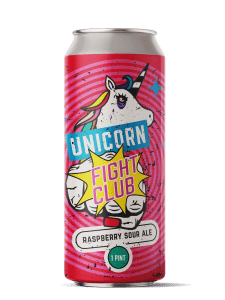


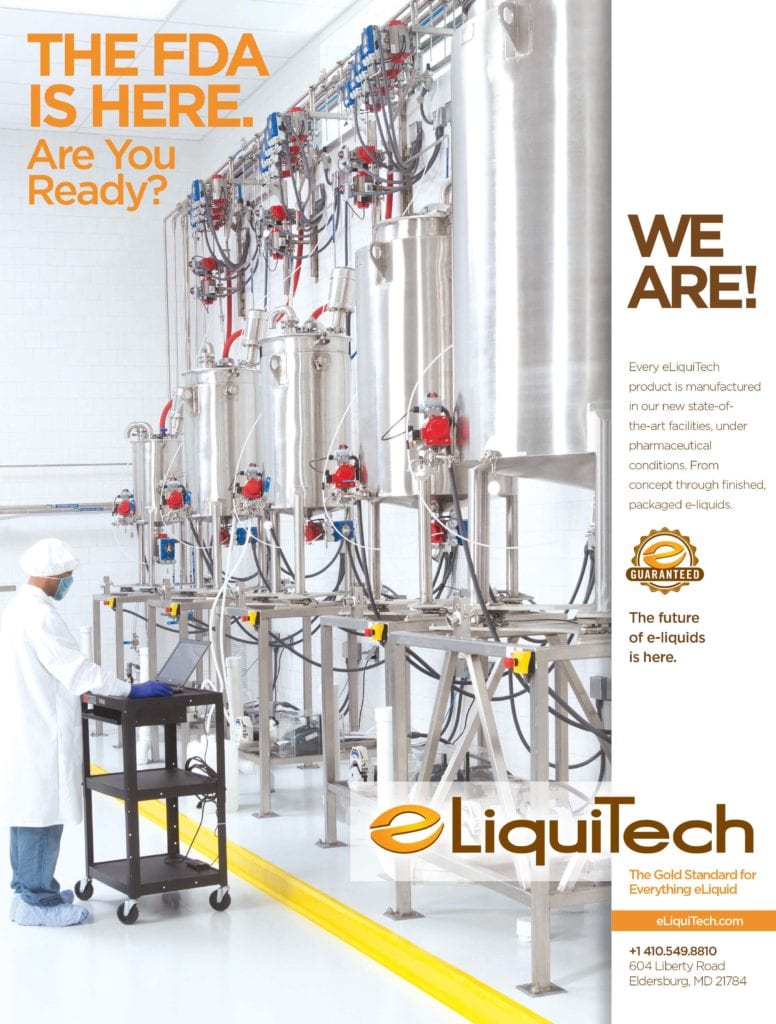



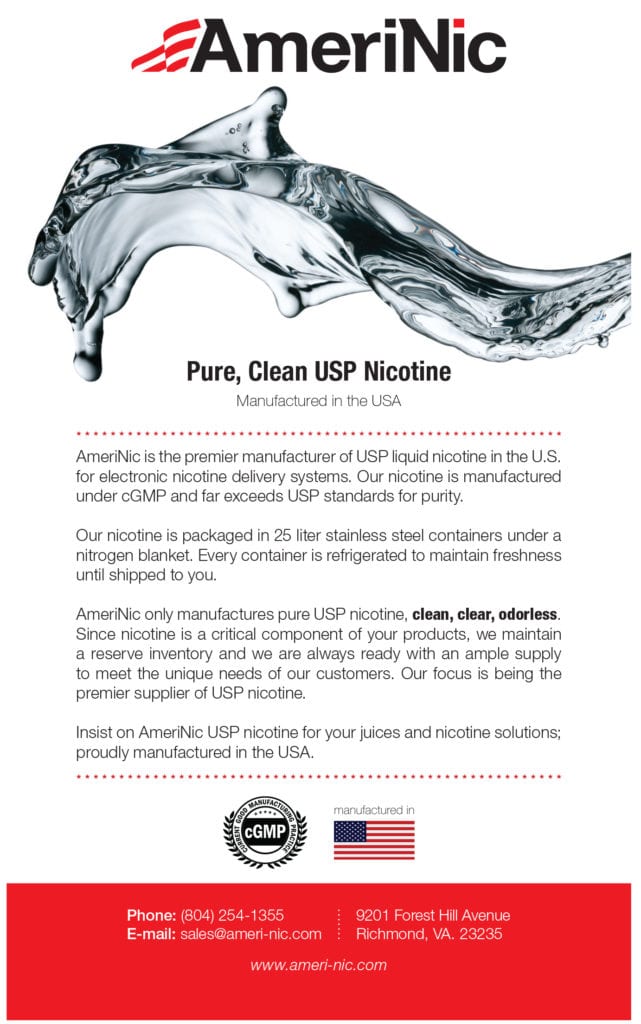
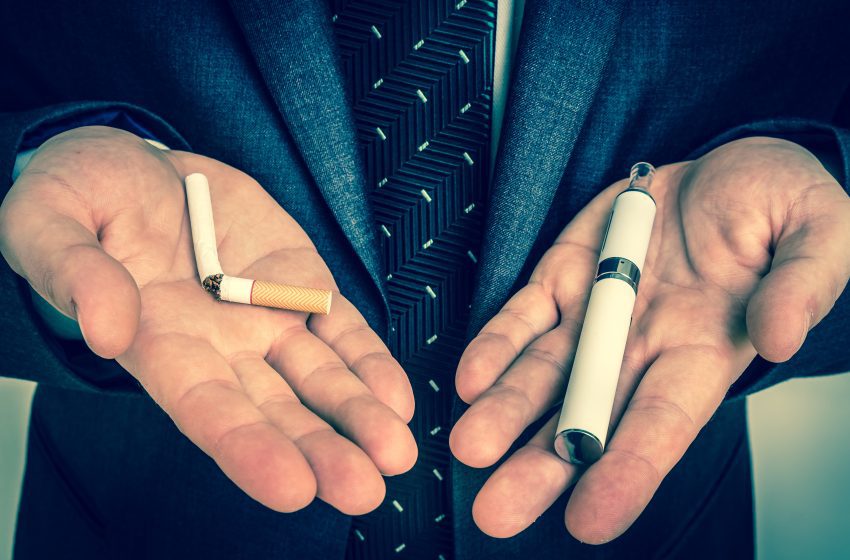
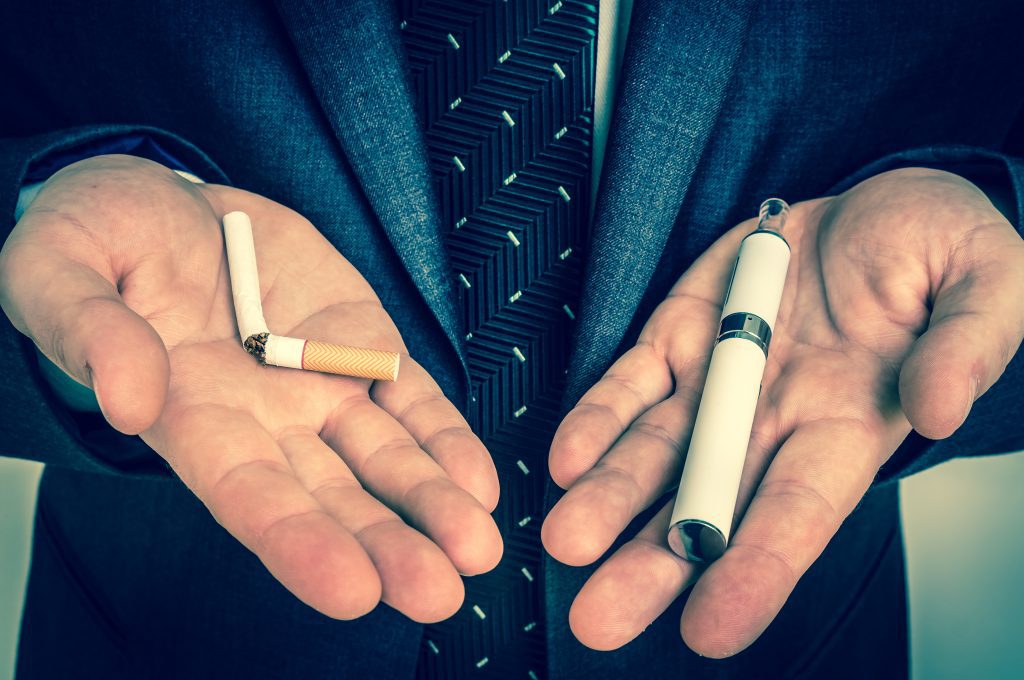

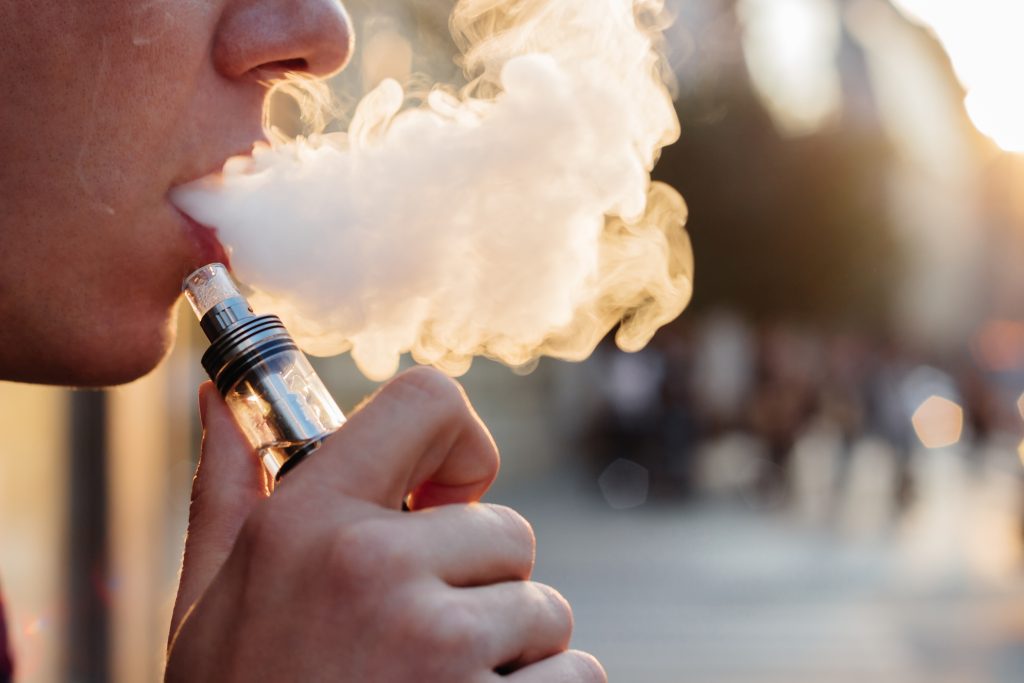
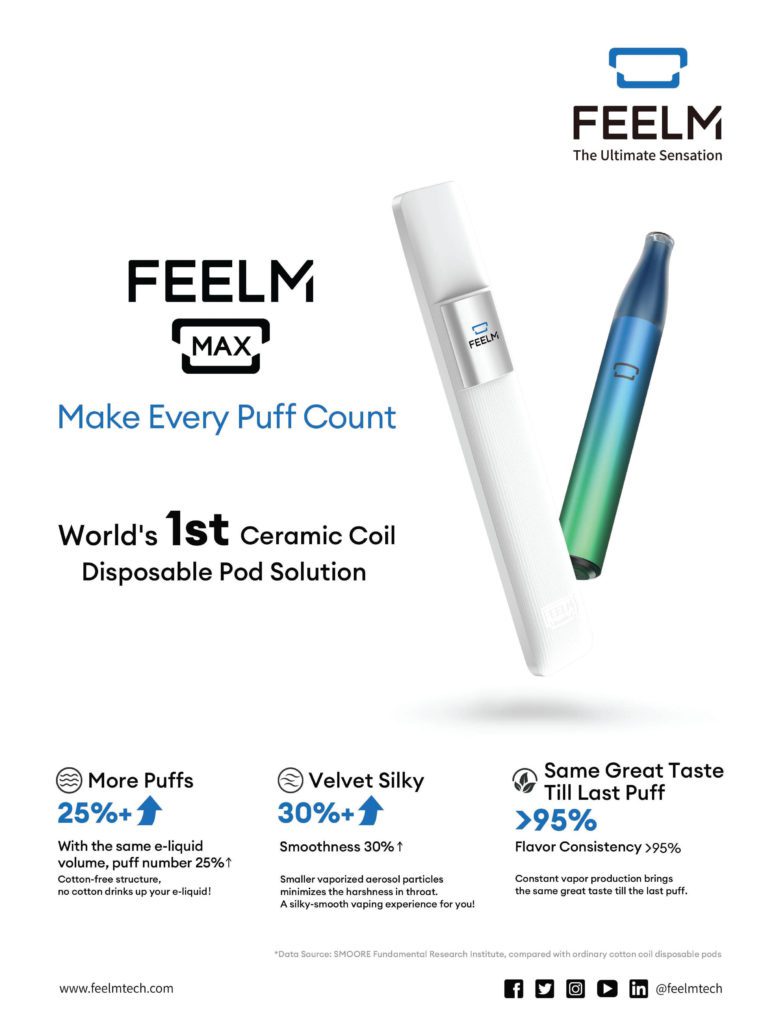
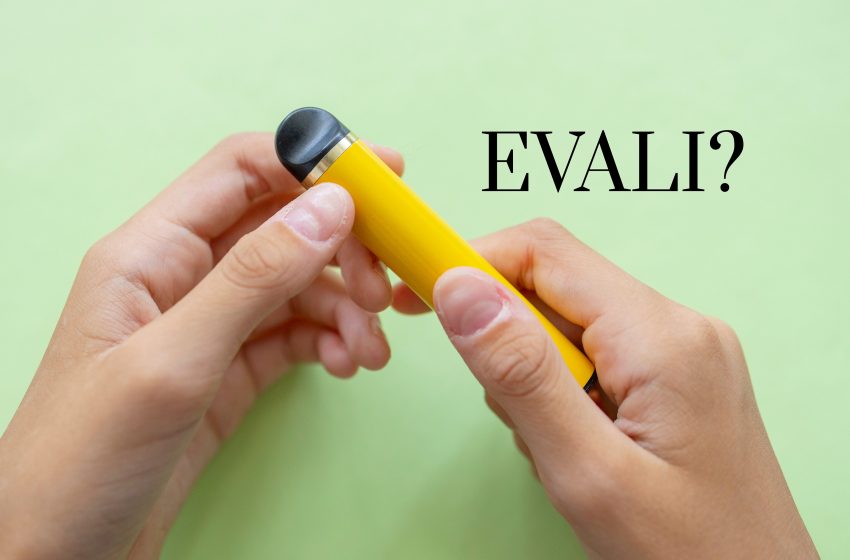
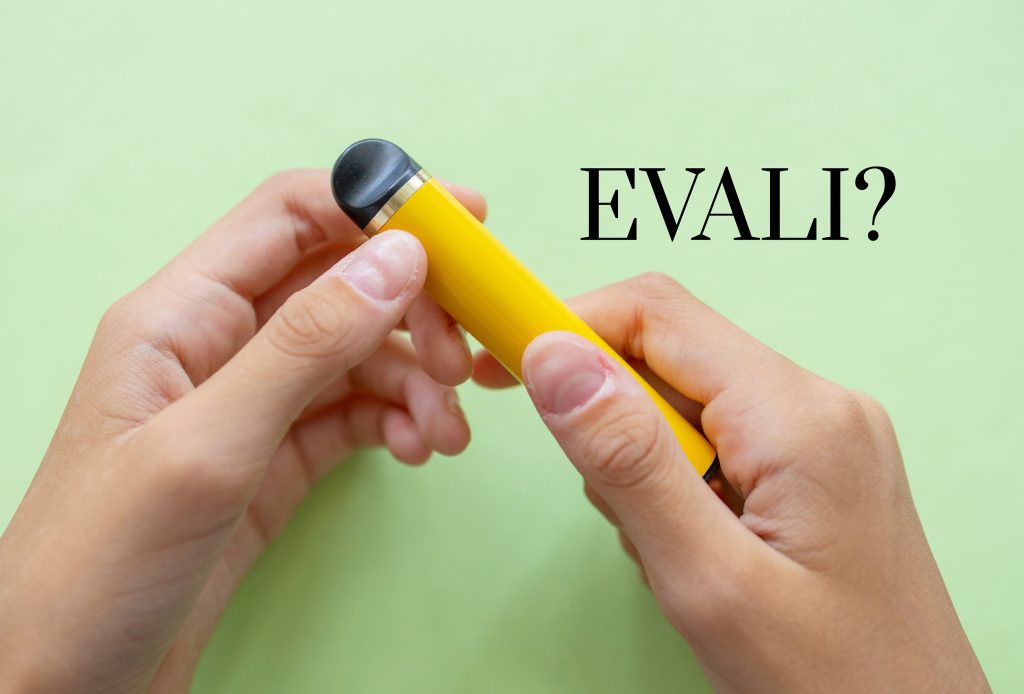

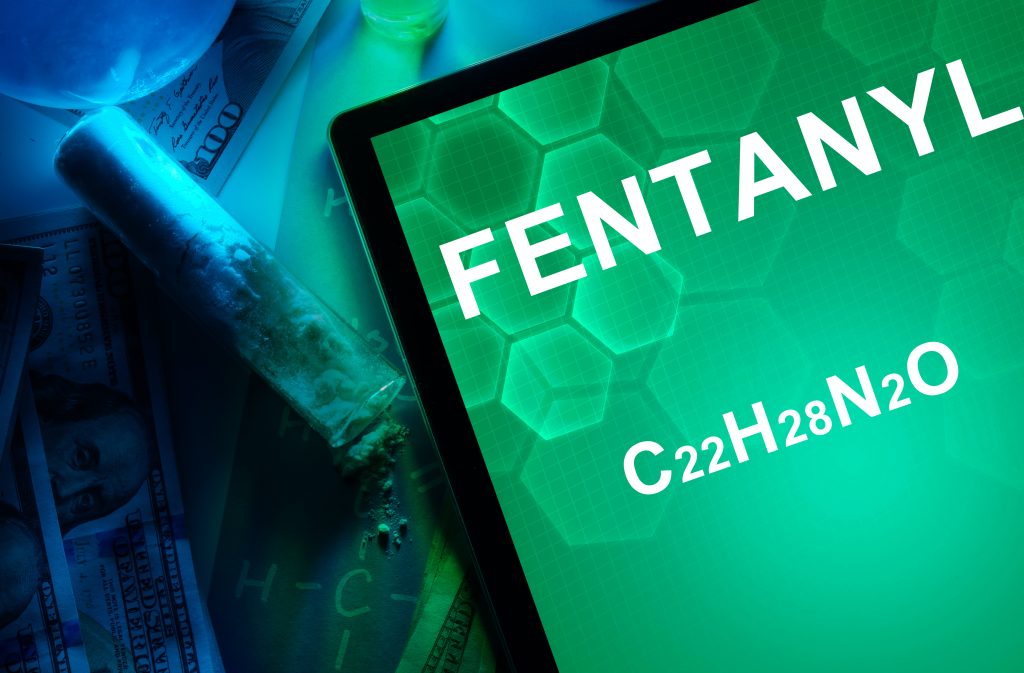

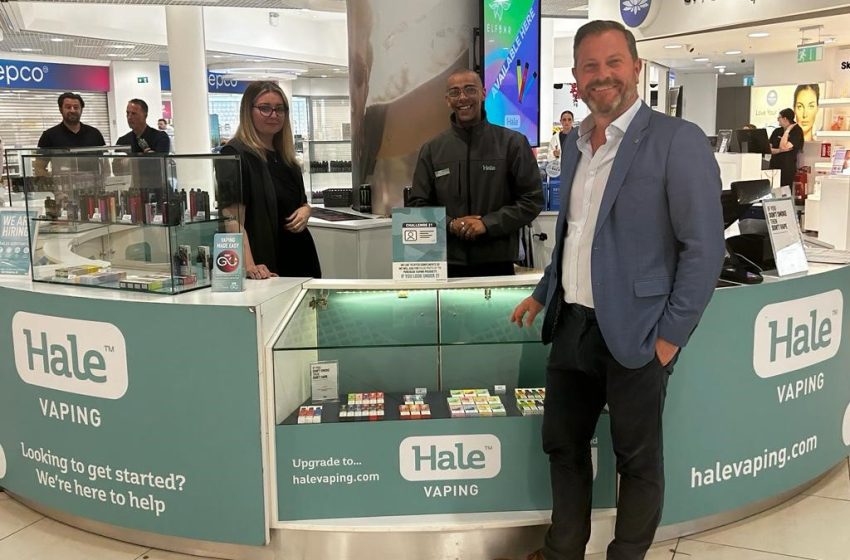
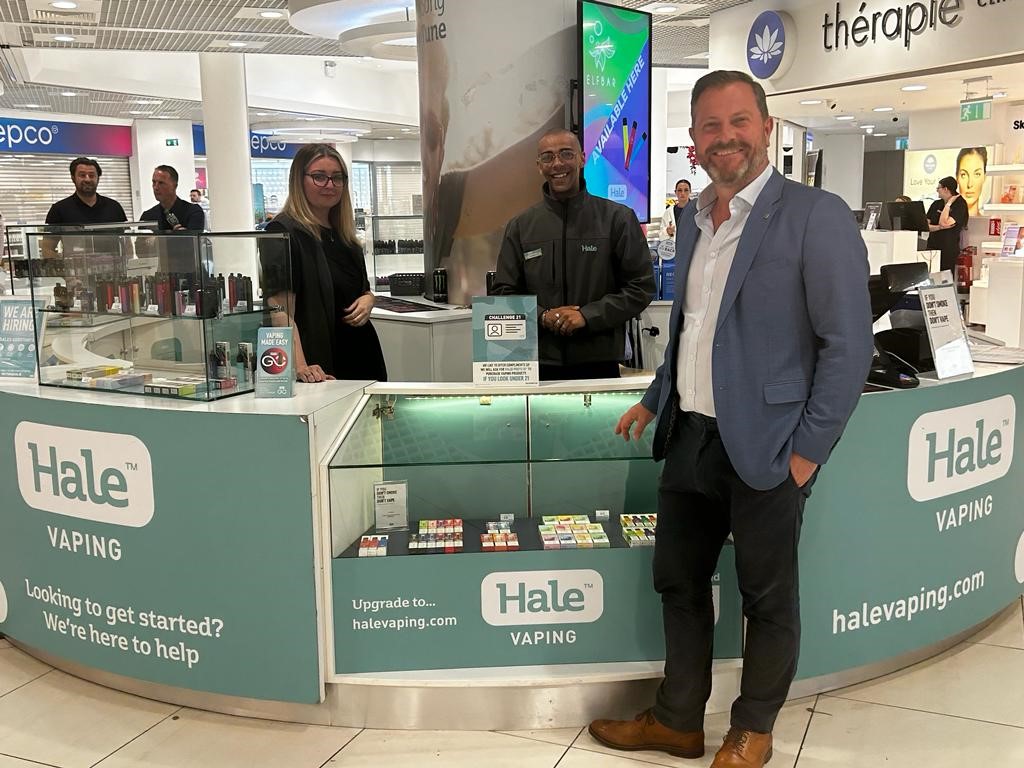
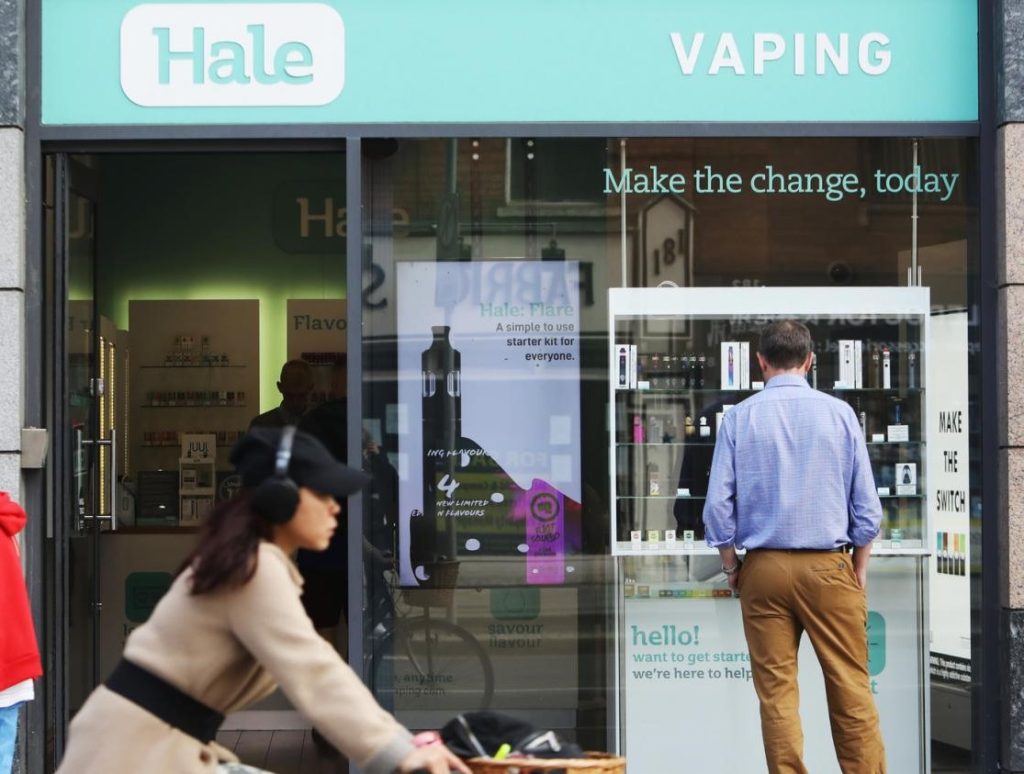 The first companies Plxsur acquired were in Europe. Plxsur now has a presence in Greece, Ireland, Italy, Latvia, the Czech Republic, Benelux, the Netherlands and Belgium. The company recently made its first move outside of Europe with the acquisition of Vape Empire in Malaysia. Plxsur’s purpose is not to purchase the largest possible number of companies but to instead maximize its positive impact on the industry. In its first phase of development, the company is aiming big. The goal is to build a vaping business with a turnover of $1 billion, according to Hardy.
The first companies Plxsur acquired were in Europe. Plxsur now has a presence in Greece, Ireland, Italy, Latvia, the Czech Republic, Benelux, the Netherlands and Belgium. The company recently made its first move outside of Europe with the acquisition of Vape Empire in Malaysia. Plxsur’s purpose is not to purchase the largest possible number of companies but to instead maximize its positive impact on the industry. In its first phase of development, the company is aiming big. The goal is to build a vaping business with a turnover of $1 billion, according to Hardy.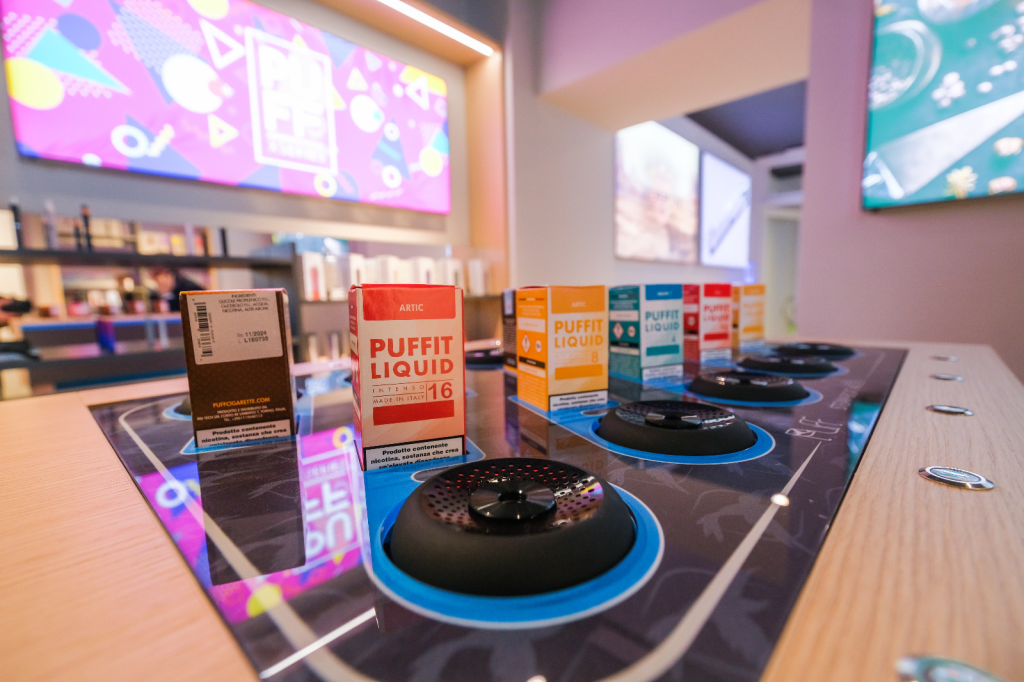 The businesses that Plxsur chooses to team with must meet certain criteria. The first benchmark is leadership. That’s leading either in their channel—for example, business-to-business or business-to-consumer—or they are leading in their market. Hardy said all the current Plxsur partners have a leading position in the markets in which they operate. The second benchmark is having a healthy balance of owned brands within the portfolio. Hardy said that the company wants at least 50 percent of its revenues to be driven by company-owned brands. The third one is the most important: People.
The businesses that Plxsur chooses to team with must meet certain criteria. The first benchmark is leadership. That’s leading either in their channel—for example, business-to-business or business-to-consumer—or they are leading in their market. Hardy said all the current Plxsur partners have a leading position in the markets in which they operate. The second benchmark is having a healthy balance of owned brands within the portfolio. Hardy said that the company wants at least 50 percent of its revenues to be driven by company-owned brands. The third one is the most important: People.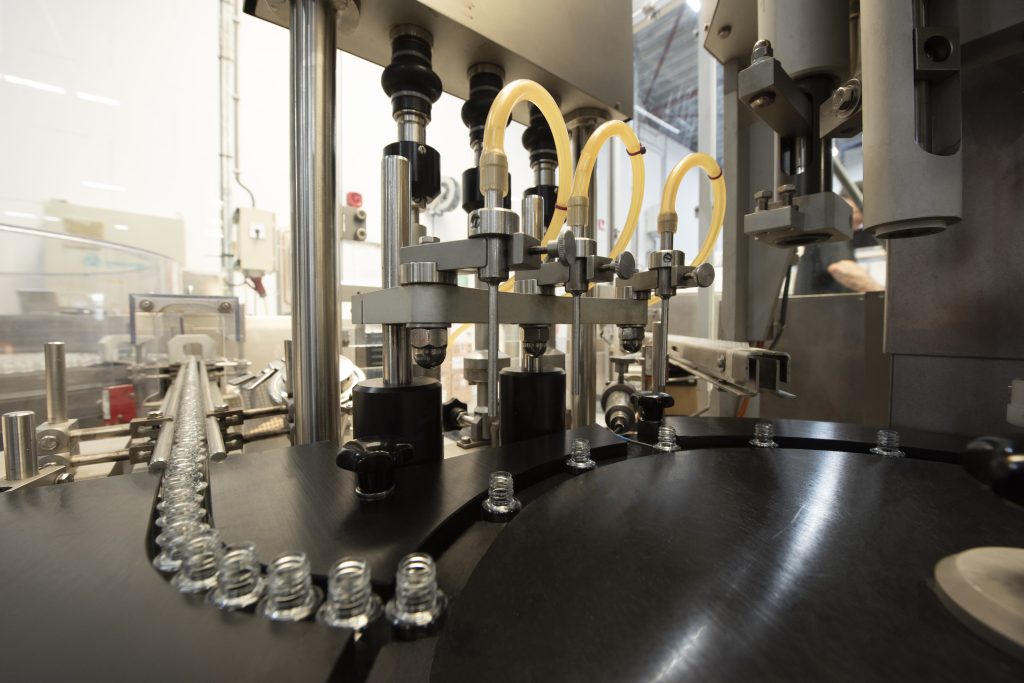 C.S. Lewis famously said, “Two heads are better than one, not because either is infallible but because they are unlikely to go wrong in the same direction.” Hardy said that when a company is purchased by Plxsur, the management teams stay in place for a period, and Plxsur management has candid conversations about long-term needs and goals. Most of the entrepreneurs that join Plxsur enjoy being part of the larger group and the personal development that comes with being surrounded by successful, like-minded leaders.
C.S. Lewis famously said, “Two heads are better than one, not because either is infallible but because they are unlikely to go wrong in the same direction.” Hardy said that when a company is purchased by Plxsur, the management teams stay in place for a period, and Plxsur management has candid conversations about long-term needs and goals. Most of the entrepreneurs that join Plxsur enjoy being part of the larger group and the personal development that comes with being surrounded by successful, like-minded leaders. Along with compliance comes product safety. Plxsur has put in place a testing regime for every batch of e-liquid that is delivered by one of its companies to the marketplace. All the businesses that are part of the Plxsur team have a testing regime to ensure that products are compliant within their marketplace. Hardy said that taxes are also a force for good in the e-cigarette sector. In the Italian, German and Greek markets, where duty is evident, it drives public compliance because the penalties are linked to e-liquid volumes or concentrations of nicotine, according to Hardy.
Along with compliance comes product safety. Plxsur has put in place a testing regime for every batch of e-liquid that is delivered by one of its companies to the marketplace. All the businesses that are part of the Plxsur team have a testing regime to ensure that products are compliant within their marketplace. Hardy said that taxes are also a force for good in the e-cigarette sector. In the Italian, German and Greek markets, where duty is evident, it drives public compliance because the penalties are linked to e-liquid volumes or concentrations of nicotine, according to Hardy.




